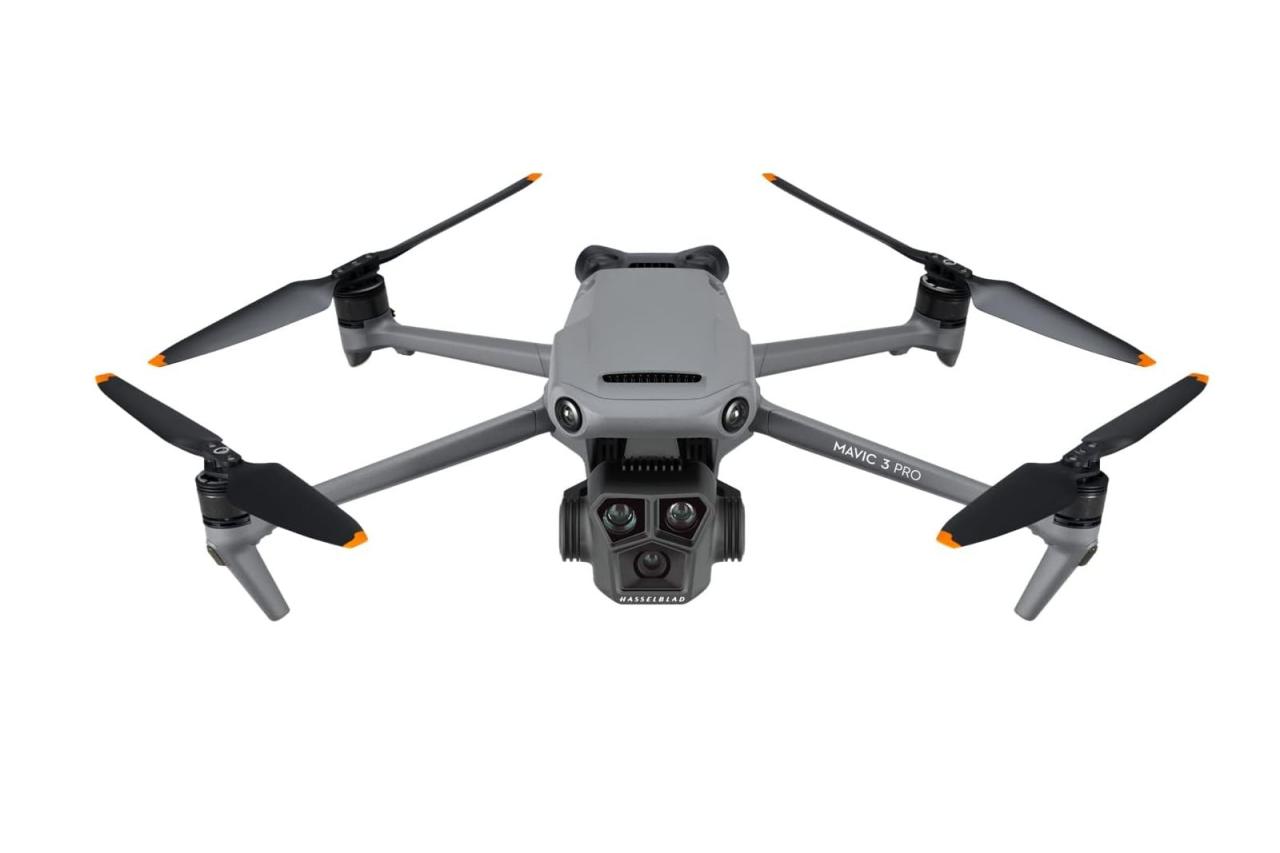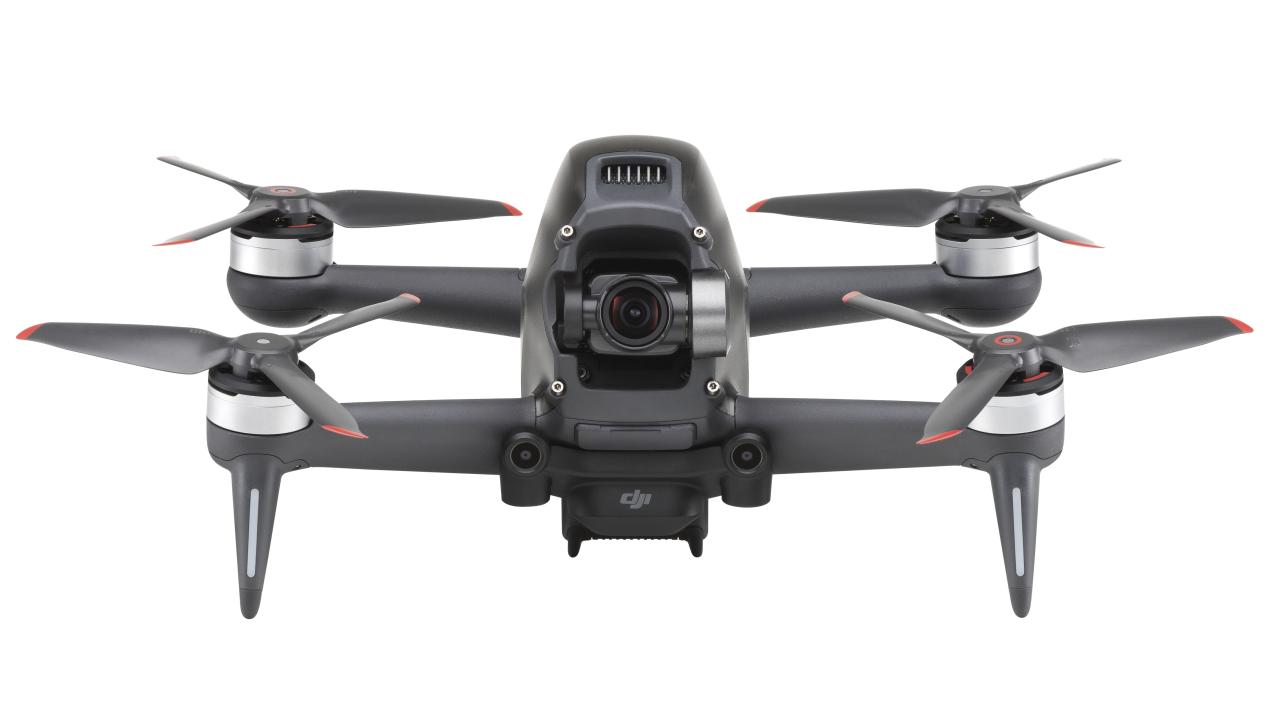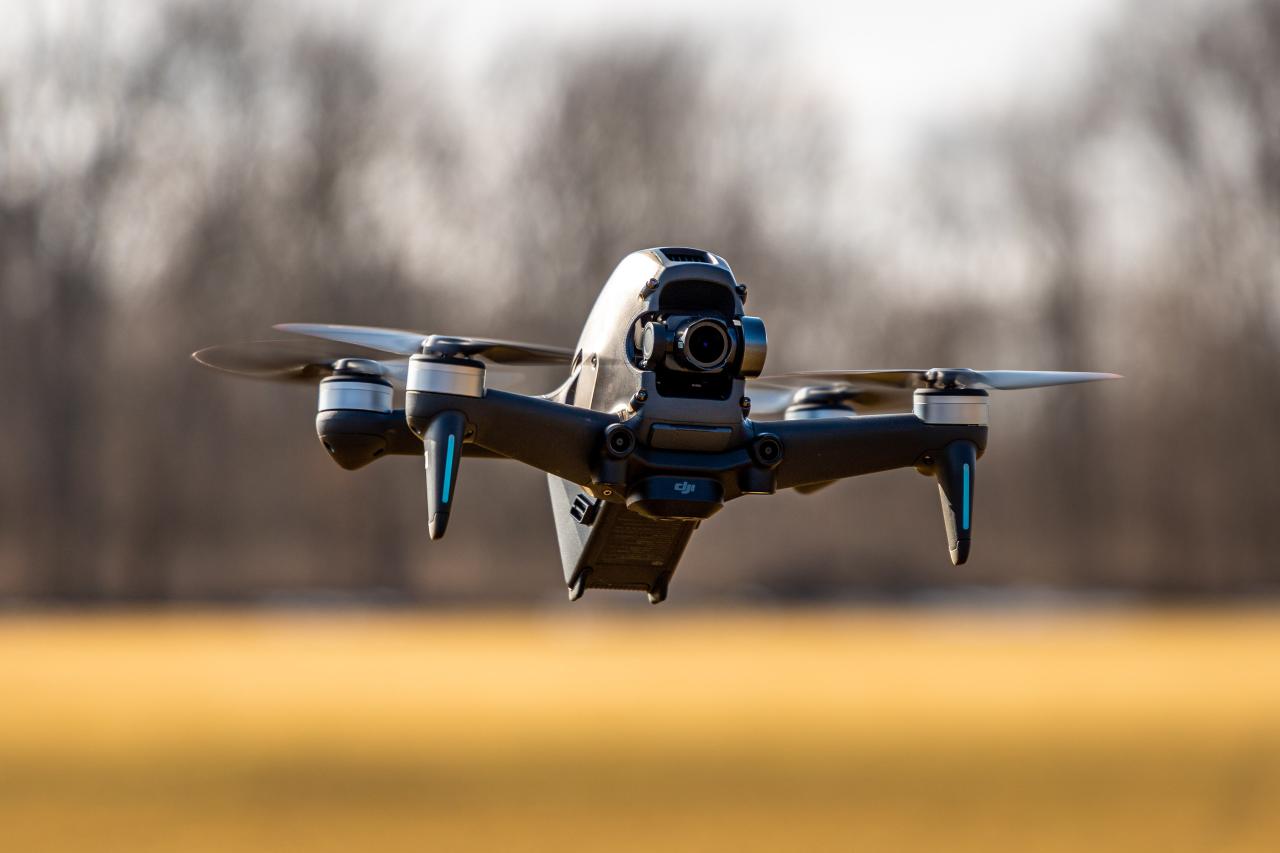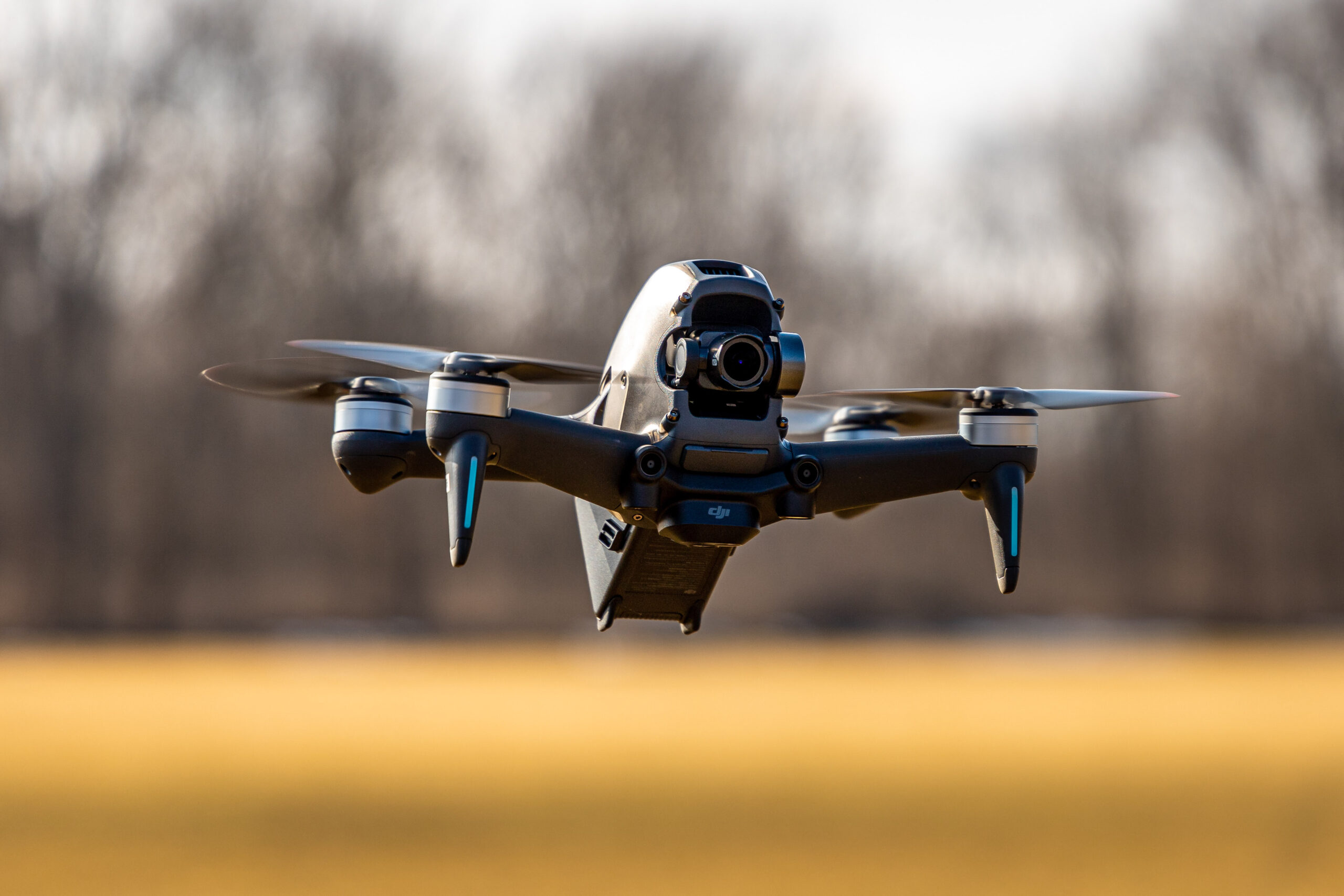Which DJI drone to buy? It’s a question many ask, facing a dizzying array of models each boasting impressive features. From the pocket-sized Mini series to the professional-grade Inspire, choosing the right DJI drone depends entirely on your needs and budget. This guide will help you navigate the options, comparing key features and helping you find the perfect drone for your aerial adventures.
We’ll explore the different DJI drone series – Mavic, Mini, Phantom, and Inspire – examining their strengths and weaknesses in terms of camera quality, flight time, and price. We’ll also delve into essential considerations like payload capacity, flight range, and the various accessories available. Ultimately, we aim to equip you with the knowledge to make an informed decision, ensuring your chosen drone perfectly matches your specific requirements and budget.
Choosing the Right DJI Drone
Selecting the perfect DJI drone can feel overwhelming with the wide array of models available. This guide breaks down the key factors to consider, helping you choose the drone that best suits your needs and budget.
Understanding Your Needs

Three key factors significantly influence drone selection: intended use (professional or hobbyist), budget, and desired features. Professional users often prioritize high-quality cameras, extended flight times, and advanced features, while hobbyists might focus on portability, ease of use, and affordability. Budget directly impacts the features and capabilities you can access. Desired features range from simple photo/video capture to advanced functionalities like obstacle avoidance and cinematic modes.
| Drone Series | Price Range (USD) | Camera Quality | Flight Time (approx.) |
|---|---|---|---|
| Mavic | $800 – $2000+ | High-resolution photos and videos; advanced features like HDR | 25-45 minutes |
| Mini | $400 – $800 | Good quality photos and videos; compact and lightweight | 20-35 minutes |
| Phantom (discontinued) | (Previously $1000 – $2000+) | High-quality images and videos; robust design | 25-30 minutes |
| Inspire | $3000+ | Exceptional image quality; professional-grade camera system | 18-25 minutes |
Payload capacity and flight range are crucial for specific applications. For example, aerial photography requiring heavier cameras or extended flight times for large areas necessitate drones with higher payload capacity and longer flight range. Conversely, casual users might find a lighter, shorter-range drone perfectly adequate.
DJI Drone Models: A Detailed Overview, Which dji drone to buy
This section provides in-depth looks at specific DJI drone models, highlighting their unique features and capabilities.
DJI Mavic 3: The Mavic 3 boasts a Hasselblad camera with a large sensor, offering exceptional image quality. Its dual-camera system allows for both wide-angle and telephoto shots, providing versatility. Other notable features include advanced obstacle avoidance, long flight time, and a streamlined design.
DJI Mini 3 Pro vs. DJI Air 2S Image Quality Comparison: While both offer excellent image quality, the Mini 3 Pro excels in portability and ease of use, whereas the Air 2S provides slightly better image quality and longer flight time at the cost of increased size and weight. The Mini 3 Pro’s improved sensor and processing capabilities deliver sharper images and videos, especially in low-light conditions. The Air 2S, with its larger sensor, handles dynamic range and detail slightly better.
| Drone Model | Strengths | Weaknesses |
|---|---|---|
| DJI Mavic 3 |
|
|
| DJI Mini 3 Pro |
|
|
| DJI Air 2S |
|
|
| DJI Mavic 2 Pro |
|
|
| DJI FPV |
|
|
Camera and Image Quality
Understanding camera sensor types and lens characteristics is essential for achieving optimal image quality. Different sensors and lenses affect image sharpness, dynamic range, and low-light performance.
CMOS vs. CCD Sensors: CMOS sensors are now standard in most modern DJI drones, offering advantages in power efficiency and faster read speeds compared to older CCD technology. While CCD sensors once dominated for their high image quality, CMOS sensors have largely surpassed them in performance and affordability for drone applications.
Lens Types: Wide-angle lenses are ideal for capturing expansive landscapes, while telephoto lenses allow for closer shots of distant subjects. The choice depends on your intended photographic style and subject matter. Different focal lengths influence the perspective and field of view in your aerial shots.
Image Stabilization Technologies: DJI employs various stabilization technologies, including mechanical gimbals and electronic image stabilization (EIS), to minimize camera shake and produce smooth, professional-looking footage. Higher-end models often incorporate more advanced stabilization systems, resulting in superior image quality, especially in challenging conditions.
Flight Performance and Features

Wind resistance, flight modes, and advanced features significantly influence flight performance and maneuverability. Understanding these factors is key to optimizing your drone’s capabilities.
Wind Resistance: Stronger winds can reduce flight time and stability, particularly affecting lighter drones. Larger, more powerful drones generally handle wind better. Wind speed should always be considered when planning a flight.
- Obstacle Avoidance
- ActiveTrack
- Point of Interest (POI)
- Return-to-Home (RTH)
- Cinematic Mode
- Sport Mode
Flight Modes: Cinematic mode prioritizes smooth, controlled movements, often at the expense of speed and maneuverability, while Sport mode maximizes speed and agility but consumes more battery power and may reduce stability. Choosing the right flight mode depends on the desired shot and conditions.
Accessories and Software
Essential accessories and the DJI Fly app enhance the drone flying experience and facilitate image/video management. Proper battery care extends their lifespan.
Essential Accessories: Extra batteries are crucial for extending flight time, while spare propellers provide backup in case of damage. A carrying case protects the drone during transport. Other useful accessories include ND filters (for controlling light exposure), SD cards (for storing footage), and a screen protector.
DJI Fly App: The DJI Fly app simplifies flight planning, camera settings adjustments, and image/video management. It provides real-time flight data and offers features for editing and sharing footage.
Battery Maintenance: Proper storage and charging practices significantly impact battery lifespan. Avoid fully depleting batteries or leaving them fully charged for extended periods. Store them in a cool, dry place.
Budget and Value
A structured approach to drone selection based on budget is crucial. Consider long-term costs to make an informed decision.
Decision-Making Flowchart (Conceptual): [A flowchart would be visually represented here, outlining steps like defining needs, setting a budget, comparing models, and making a final selection based on features and price. The flowchart would guide the user through the decision-making process based on budget and required features].
Long-Term Costs: Beyond the initial purchase price, consider costs associated with repairs, battery replacements, software updates, and potential insurance.
Price-to-Performance Ratio: [A comparison of three different DJI drone models within a specific budget range (e.g., $500-$1000) would be presented here, analyzing their features and capabilities relative to their price. This would help determine which model offers the best value for money within that budget].
Picking the right DJI drone can be tricky! To help you decide which DJI drone to buy, it’s useful to check out broader comparisons, like this guide to the best buy drone options available. This will give you a better sense of features and price points before you zero in on a specific DJI model that fits your needs and budget.
Legal and Safety Considerations
Safe and legal drone operation is paramount. Understanding regulations and safety practices is crucial for responsible drone use.
Regulations and Legal Requirements: Drone regulations vary significantly by region. Familiarize yourself with the specific rules and regulations in your area before flying. These regulations often cover registration, flight restrictions (e.g., near airports or sensitive areas), and required pilot certifications.
Safe Drone Operation Practices: Always check weather conditions before flying. Never fly near people or property without permission. Maintain visual line of sight with the drone. Familiarize yourself with emergency procedures (e.g., battery failure, loss of signal).
Choosing the right DJI drone can be tricky! Consider your budget and what you’ll use it for – photography, videography, or just fun? Before you decide, maybe try a little brain teaser: check out this link for a 14 letter word starting with ai – it might help you focus on your needs! Then, go back to comparing DJI drone specs to find the perfect fit for your aerial adventures.
- Check weather conditions before each flight.
- Register your drone according to local regulations.
- Maintain visual line of sight with the drone at all times.
- Avoid flying near airports, crowds, or restricted airspace.
- Always have a fully charged spare battery.
- Know and practice emergency procedures.
Ultimate Conclusion: Which Dji Drone To Buy

Choosing the right DJI drone can feel overwhelming, but by carefully considering your needs, budget, and desired features, the process becomes much clearer. Remember to factor in long-term costs like maintenance and accessories. This guide provided a framework for making that decision, helping you select a drone that fits your skill level, budget, and photographic ambitions. Now go fly!
Helpful Answers
What’s the difference between the DJI Mavic 3 and the DJI Air 2S?
The Mavic 3 boasts superior camera capabilities and longer flight time, but comes at a higher price point. The Air 2S offers excellent image quality at a more budget-friendly price.
How long do DJI drone batteries typically last?
Choosing the right DJI drone can be tricky! Consider your budget and what you’ll use it for – photography, videography, or something else? Before you dive into specs, though, you might want to check if ChatGPT is working; are you having trouble researching features because chatgpt down? Once you’ve sorted that, you can easily compare DJI models like the Mavic 3 or Air 2S to find your perfect fit.
Flight time varies depending on the model and flight conditions, but generally ranges from 20-40 minutes per battery.
Do I need any special licenses to fly a DJI drone?
Regulations vary by region. Check your local laws and FAA regulations (in the US) before flying.
What is DJI Fly app?
DJI Fly is the app used to control your DJI drone, plan flights, and manage photos and videos.
